Since its release in 2020, Netflix’s Bridgerton has renewed our love of the incredible fashion, heroic viscounts, and romance of the Regency Era. While many of us fans of the show consider the Regency period to be a time of opulence, intense social norms, and vain endeavors, these wacky Regency era customs and facts just might leave you reconsidering your definition of sophistication.
Regency Era people shared a bed with many others
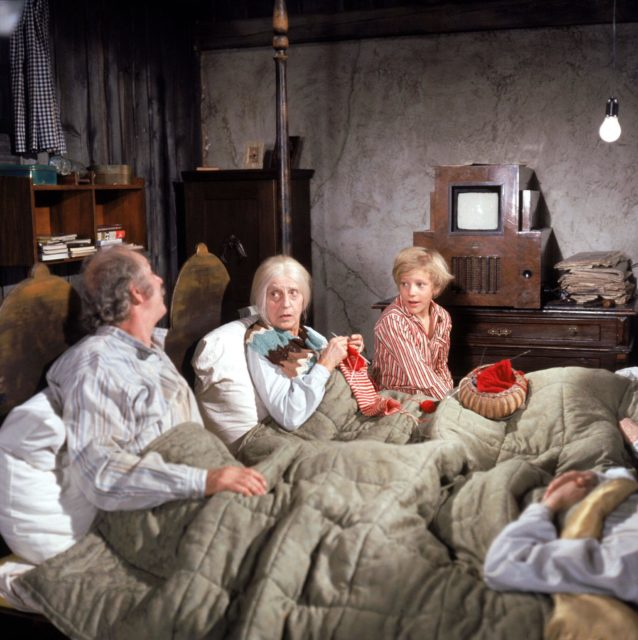
When you think of an overnight trip in Regency England, usually grand estates with sprawling gardens and opulent suites come to mind. In reality, the majority of Regency society spent the night in coaching inns. Located along popular roadways, coaching inns offered travelers a cheap place to sleep – but at a cost: privacy.
Inns were usually overcrowded and with limited beds available, that meant sharing with a total stranger. While this sounds like an absolutely horrible way to spend the night, Regency folks knew enough bed-sharing etiquette to make the whole ordeal as peaceful as possible.
Rotting pineapples were a status symbol

In Regency England, the greatest status symbol wasn’t diamonds or large houses – it was pineapples! Since they were discovered by colonists in South America, growers began to plant pineapple trees throughout British colonies. Only the wealthiest and most well-to-do families would be able to afford to import pineapples from faraway plantations. Usually, the journey took so long that the pineapples would be rotten, but that didn’t stop Regency folks from displaying their most prized produce on the dinner table.
Bathing machines made trips to the beach tricky

When it came to warm summer days, one of the only times Regency people could relax and let loose was at the seaside. Men were permitted to swim in breeches and dive off of small boats, but women in their bathing costumes were forbidden to show themselves to the opposite sex. Beaches were separated into a men’s and women’s section, but even that didn’t fully deter onlookers from possibly ruining a young lady’s modesty.
To help provide as much privacy as possible, women throughout the early 19th century used bathing machines – a large wooden box with only a small window at the top, pulled with horses like a carriage. Ladies would change into their bathing costumes inside the box, which would protect them from view and also keep their clothing and valuables dry. Once the ladies were dressed, the bathing machine would take them to the edge of the water where ladies could swim without prying eyes.
Murder scenes were entertainment
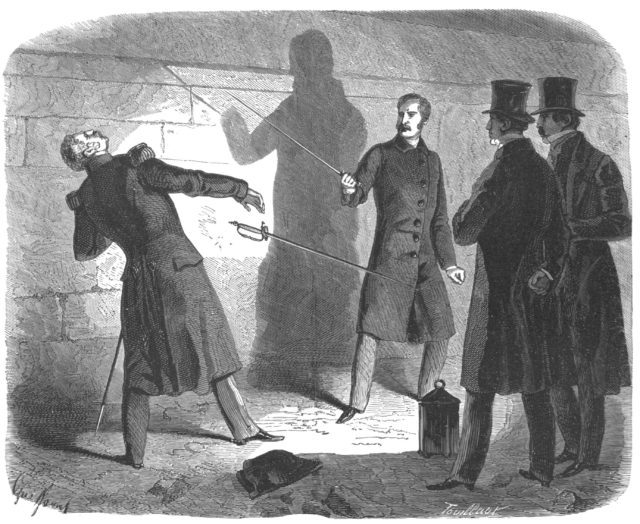
Before television, movies, and the Internet, options for entertainment in the Regency era were slim. Many people were fascinated by death, which slowly began to take a morbid hold over society in the later Victorian era through seances, ouija boards, and peculiar death rituals.
Whenever a murder occurred, flocks of tourists would appear at the crime scene to take in the gore – usually trampling over any evidence that could help solve the case. Some even held live auctions of crime scene evidence for tourists to purchase. Thank goodness we have true crime podcasts today!
Regency Era ladies went commando and wet their shirts
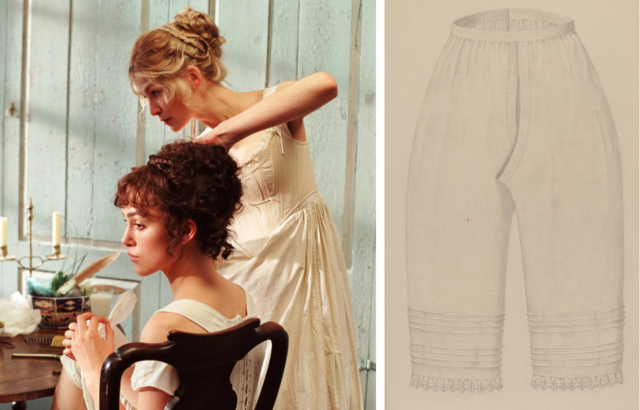
As dress silhouettes changed from voluptuous to slim during the Regency period, one’s undergarments also had to change to ensure they remained unseen. Traditionally, ladies wore layers of petticoats and chemises under their gowns. Sometimes, ladies wore pink stockings to simulate the look of bare skin, while others dampened their chemises to give them a see-through look – tsk tsk!
Perhaps the strangest way Regency women wore undergarments was the fact that they didn’t wear any at all! Around this time, pantaloons became a popular undergarment for women as they took up less valuable real estate underneath well-fitted, “column” style Regency dresses.
Pantaloons covered the legs but left the groin area exposed, making trips to the lady’s room a breeze (no pun intended). Princess Charlotte, George III’s daughter, was especially fond of the pantaloons trend!
Wacky caricatures were all the rage

Unlike the later 19th century attitudes of the Victorians, Regency folks didn’t take themselves too seriously. Caricatures and cartoons of the period reveal the eccentric side of Regency politics and affairs. Caricatures published in newspapers and pamphlets often depicted politicians, royalty, and nobility in hilarious and sometimes crude situations at the expense of a good laugh.
While cartoons provided comedic relief, they were also an accessible way to inform the public about newsworthy events in the community – even if they depicted the Prince Regent’s backside or the hilariously self-indulgent “dandy” trend.
Opium was the trendy party drug
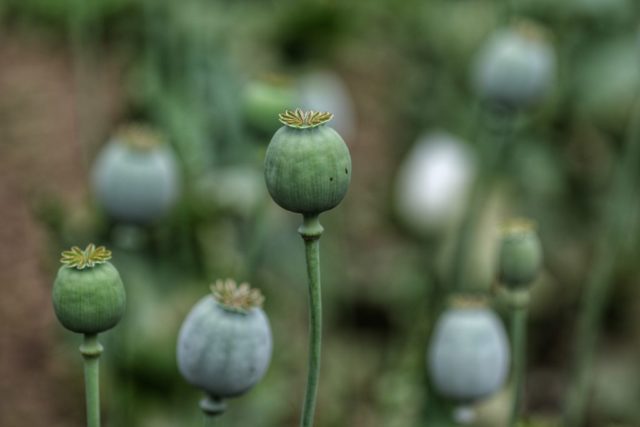
Drug use wasn’t uncommon in Regency England. In fact, both upper and lower classes were known to enjoy illicit substances. Opium was especially popular at the time, known to help you relax or inhibit creativity it was often advertised to the social elite as gold-coated pills or powder mixed with expensive spices.
If opium wasn’t your thing, other popular powders like snuff – smokeless, finely ground tobacco – were used by royalty and commoners alike.
The Prince Regent was an obese alcoholic
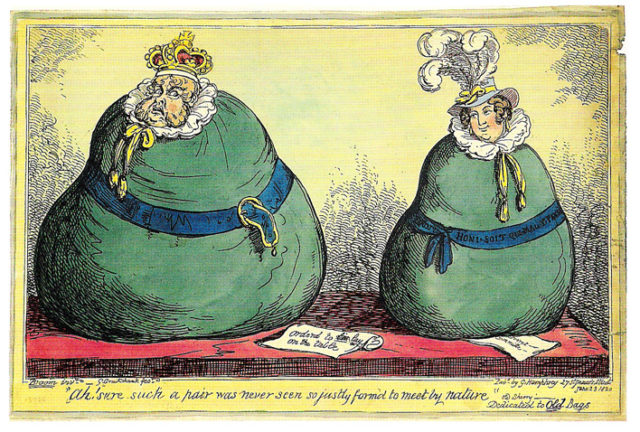
As a young man, the Prince Regent George IV was the most desirable bachelor in the country, but he soon became remembered for his overindulgent eating patterns, long list of ailments, and wide waistline. The Prince Regent supposedly began each day with two pigeons, three steaks, three parts of a bottle of white wine, a glass of dry champagne, two glasses of port, and a glass of brandy to wash it all down.
Some accounts claim it took three hours to squeeze the Prince into a girdle and whalebone corset. He soon developed gout and blindness, dying in 1830 at 67 years old after only ten years as the official King of England. At the time of his death, he weighed over 300 pounds, and the walls of the palace had to be lined with wood panels to prevent his coffin from wrecking valuable architecture should the weight overtake the pallbearers.
Parmesan ice cream, anyone?

More from us: The Biggest Historical Mistakes Found In ‘Bridgerton’
Ice cream was a popular dessert in the Regency era, with flavors like hazelnut, lemon, burnt sugar, lavender, elderflower, rum, and – there’s no way you could guess this one – Parmesan cheese. We aren’t entirely sure why this flavor gained popularity at the time, but we’re glad to leave it in the past.
